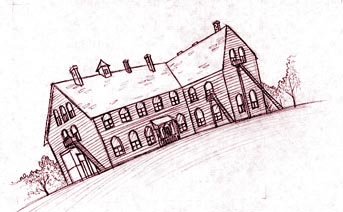In many of the activities in which children
tagged along with adults, an implicit purpose was for the young ones to ‘look,
listen, and learn’ from the model of adult behavior.
In games in which the young joined and
watched their elders, and in the evenings  after
meals, storytelling was used constantly to draw out lessons buried in daytime
activities and to transfer other forms of knowledge from one generation to
the next. In fact, these sessions were more than just ‘entertainment.’ For
one thing, they invariably reflected the strongly spiritual, or religious,
orientation of the societies that produced them. Moreover, the stories, legends,
and myths were used to transmit ethical, theological, historical, ecological,
and political information in societies in which almost no writing was available.
It was through stories, for example, that children of all communities learned
how their world came to be and where they fitted into it. The children of
the community learned the history of their people as well as the origins of
their world and the reasons for the characteristics and distinctions of its
inhabitants. ‘Parents, grandparents, and elders told and retold stories and
legends to the children by the camp fires, in the teepees, on the hillsides,
in the forest, and at special gatherings during the day and at
after
meals, storytelling was used constantly to draw out lessons buried in daytime
activities and to transfer other forms of knowledge from one generation to
the next. In fact, these sessions were more than just ‘entertainment.’ For
one thing, they invariably reflected the strongly spiritual, or religious,
orientation of the societies that produced them. Moreover, the stories, legends,
and myths were used to transmit ethical, theological, historical, ecological,
and political information in societies in which almost no writing was available.
It was through stories, for example, that children of all communities learned
how their world came to be and where they fitted into it. The children of
the community learned the history of their people as well as the origins of
their world and the reasons for the characteristics and distinctions of its
inhabitants. ‘Parents, grandparents, and elders told and retold stories and
legends to the children by the camp fires, in the teepees, on the hillsides,
in the forest, and at special gatherings during the day and at



